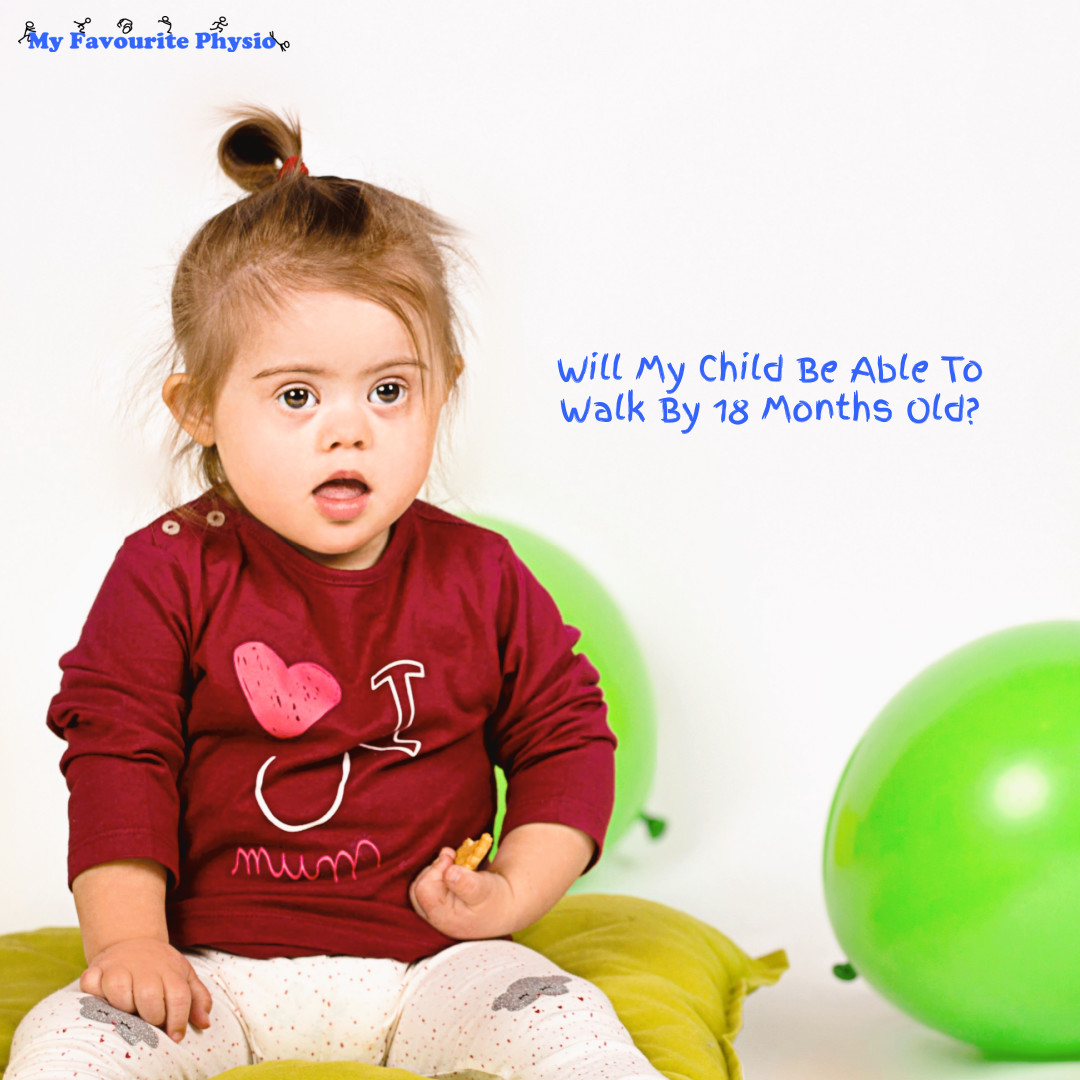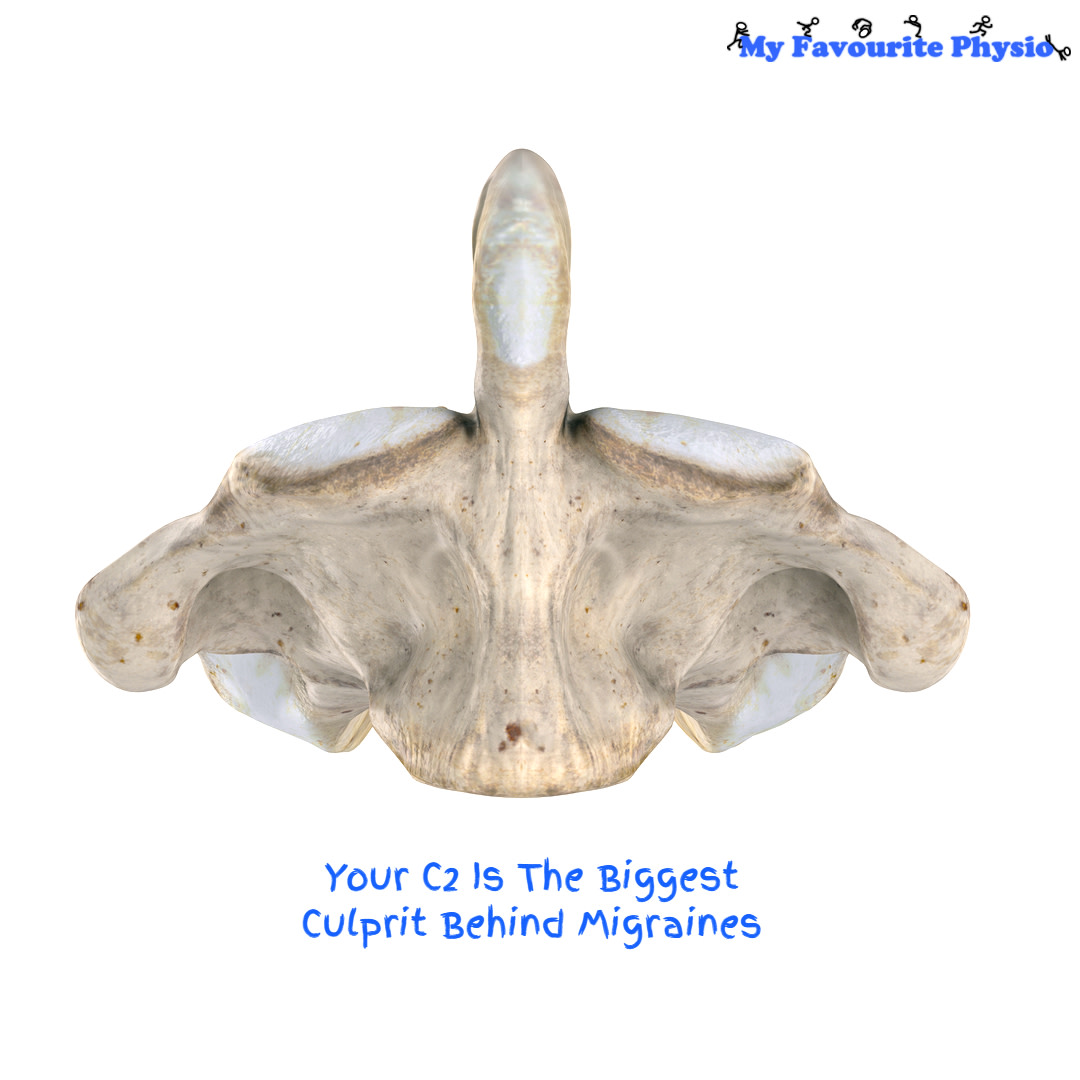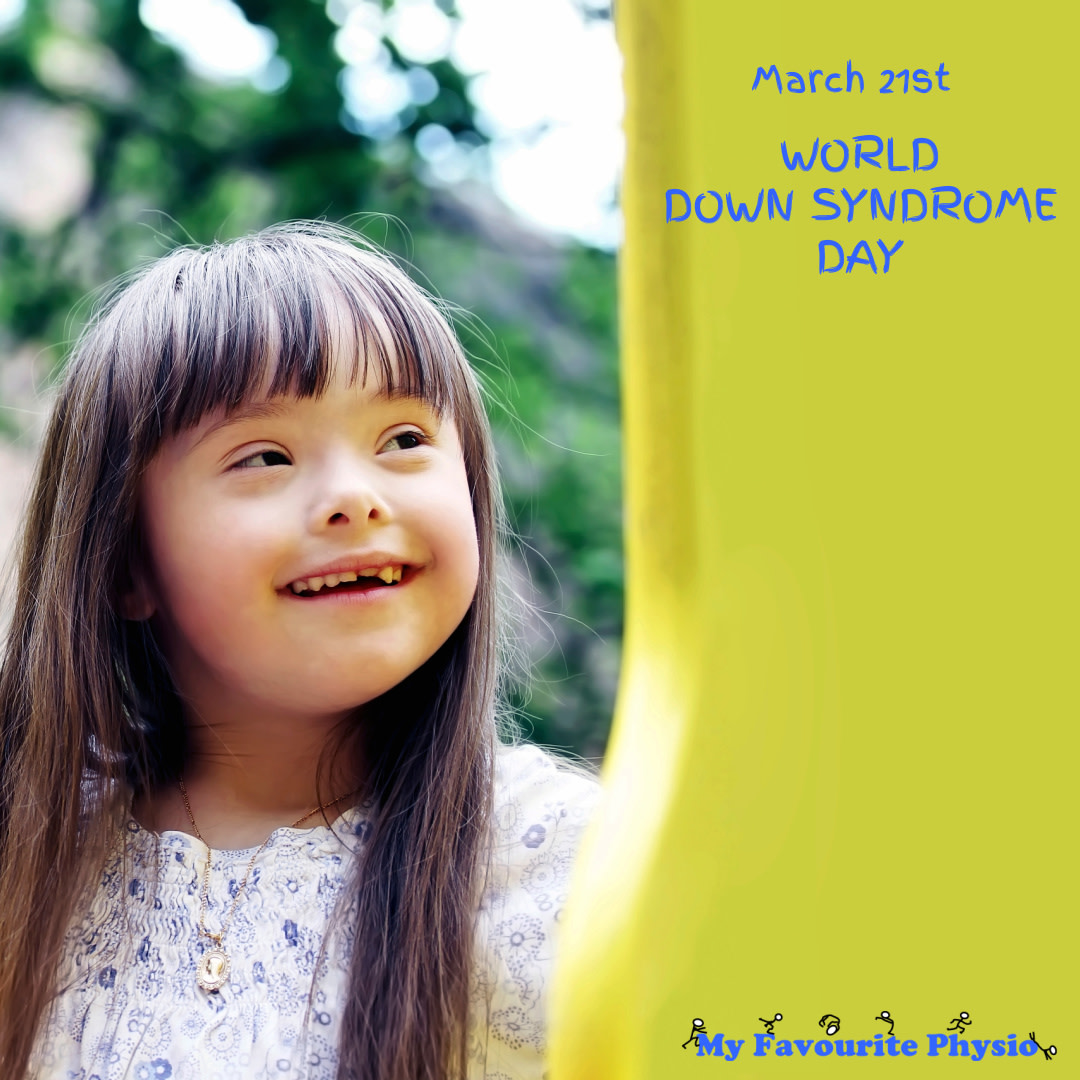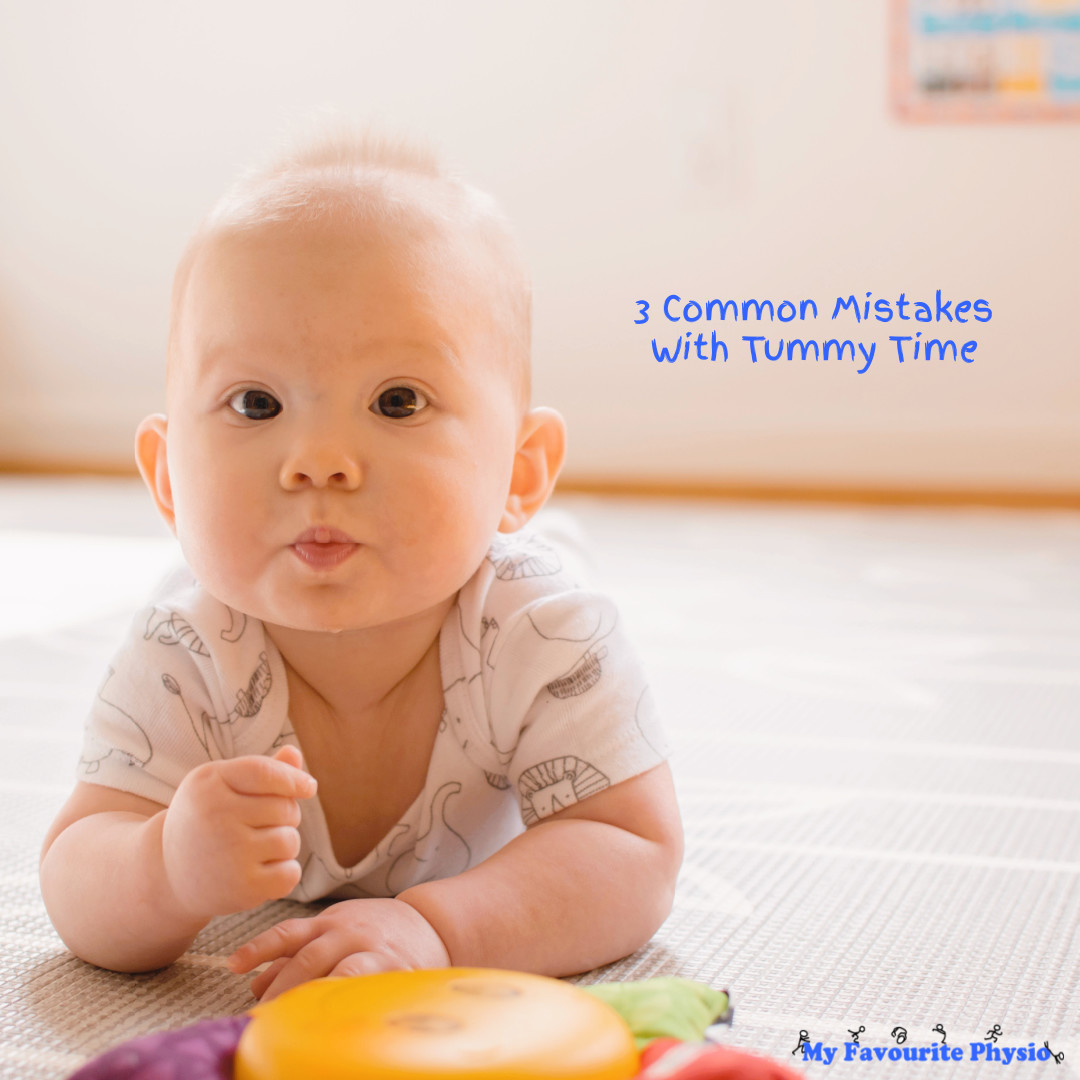05 Apr Remember being asked what do you want to be when you grow up? A Ballerina, a Doctor👩⚕️, a Nurse, a Teacher 👩🏫… Has anyone asked your child 👶🏻 with Down Syndrome what they want to be when they grow up?
Many parents of children with Down Syndrome encounter existing prejudices which comes in many forms varying from being told outright during their pregnancy that they should terminate their pregnancy to the more subtle absence of not asking about future possibilities and dreams. Hard as it may be,...










